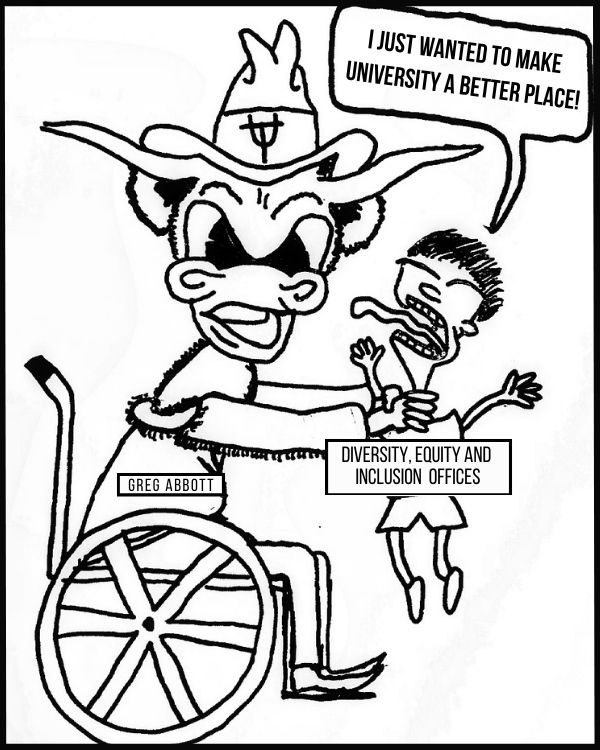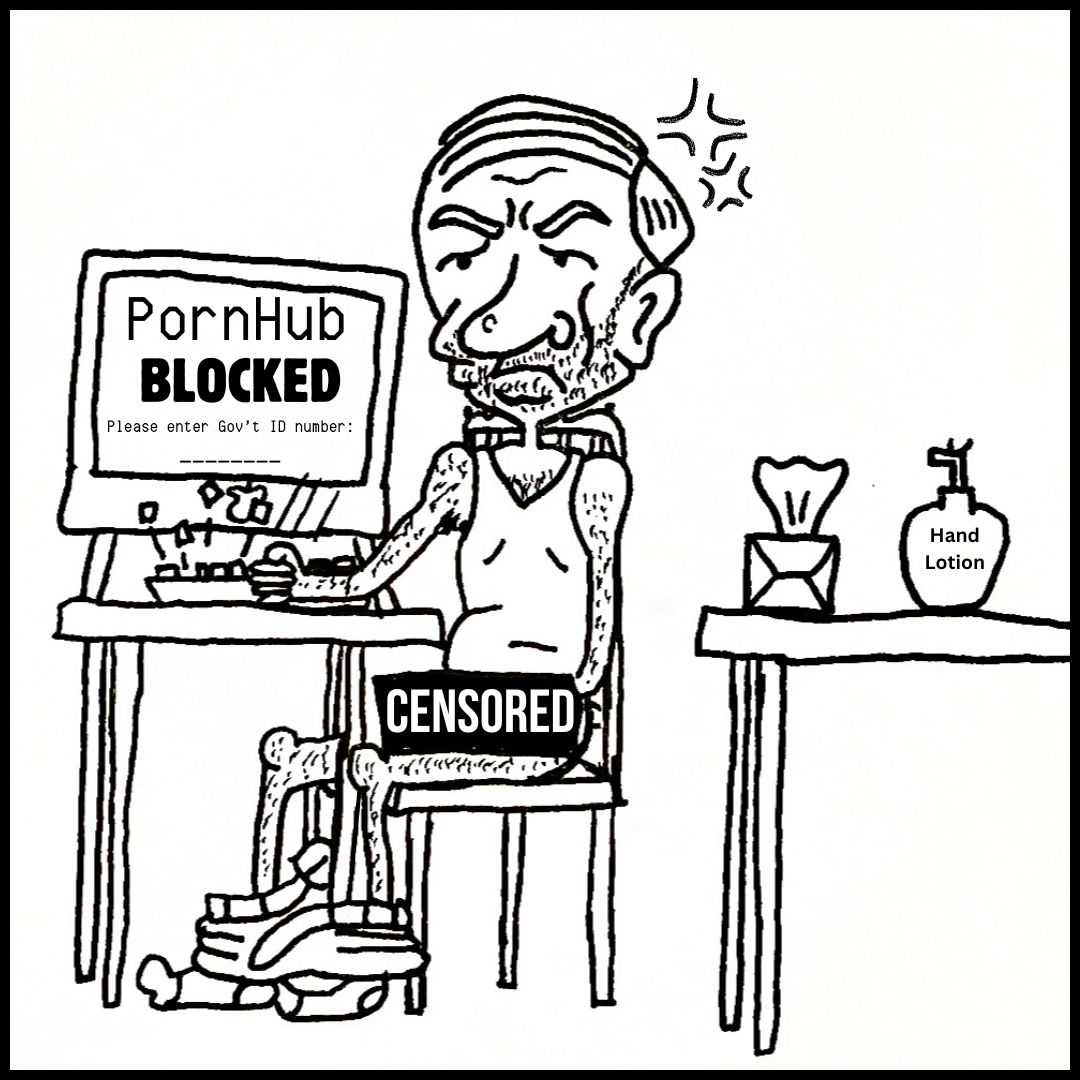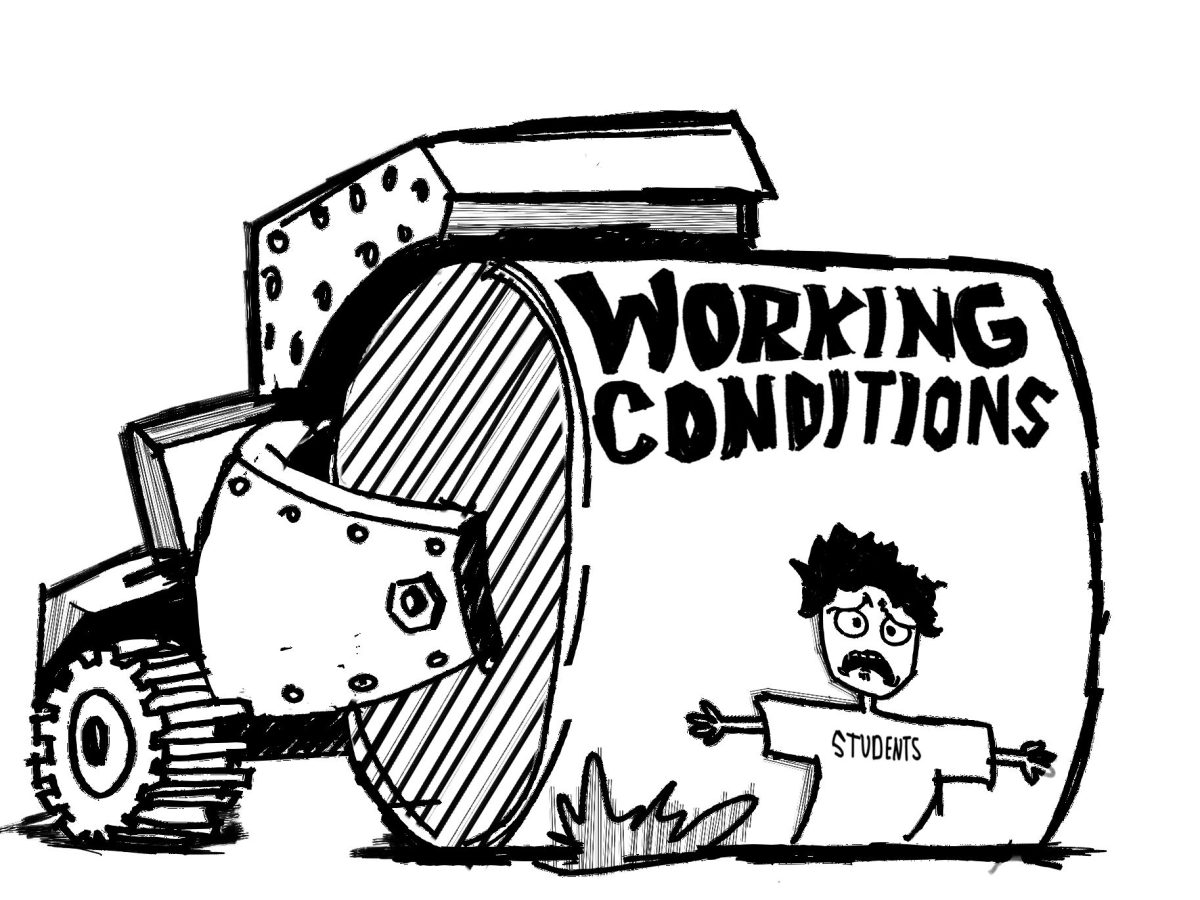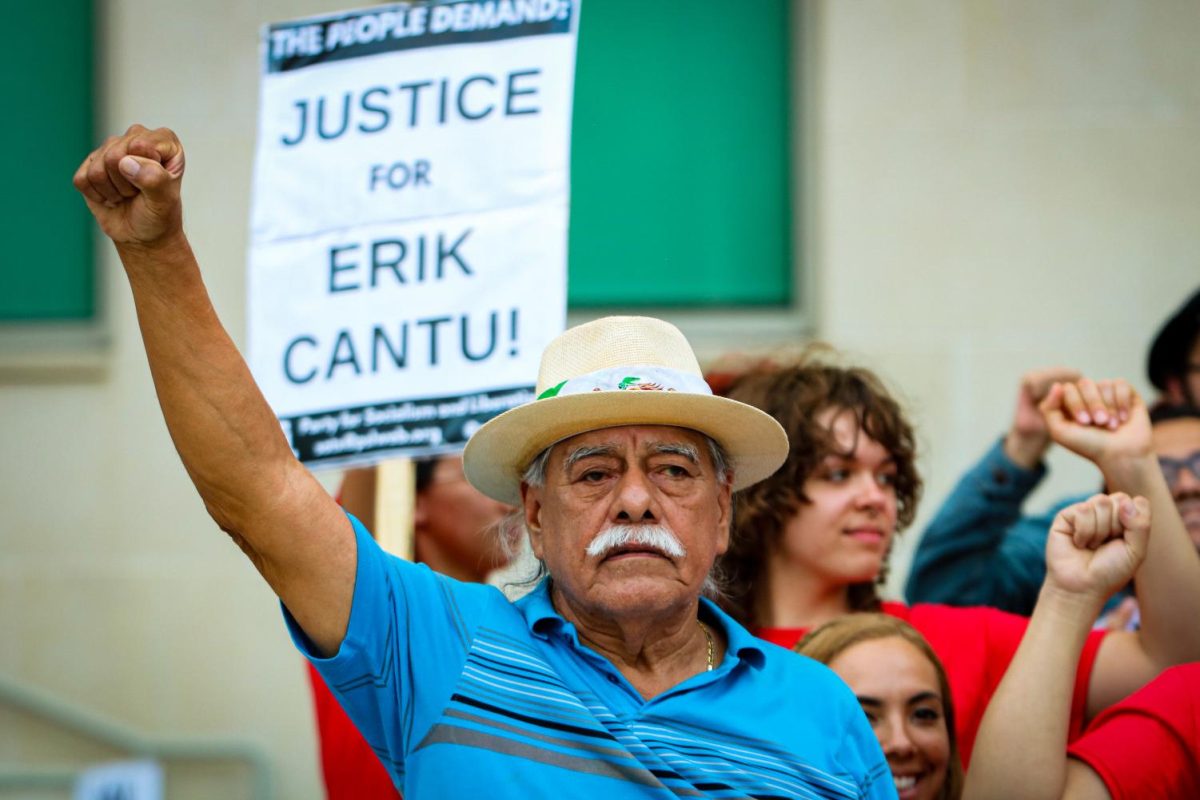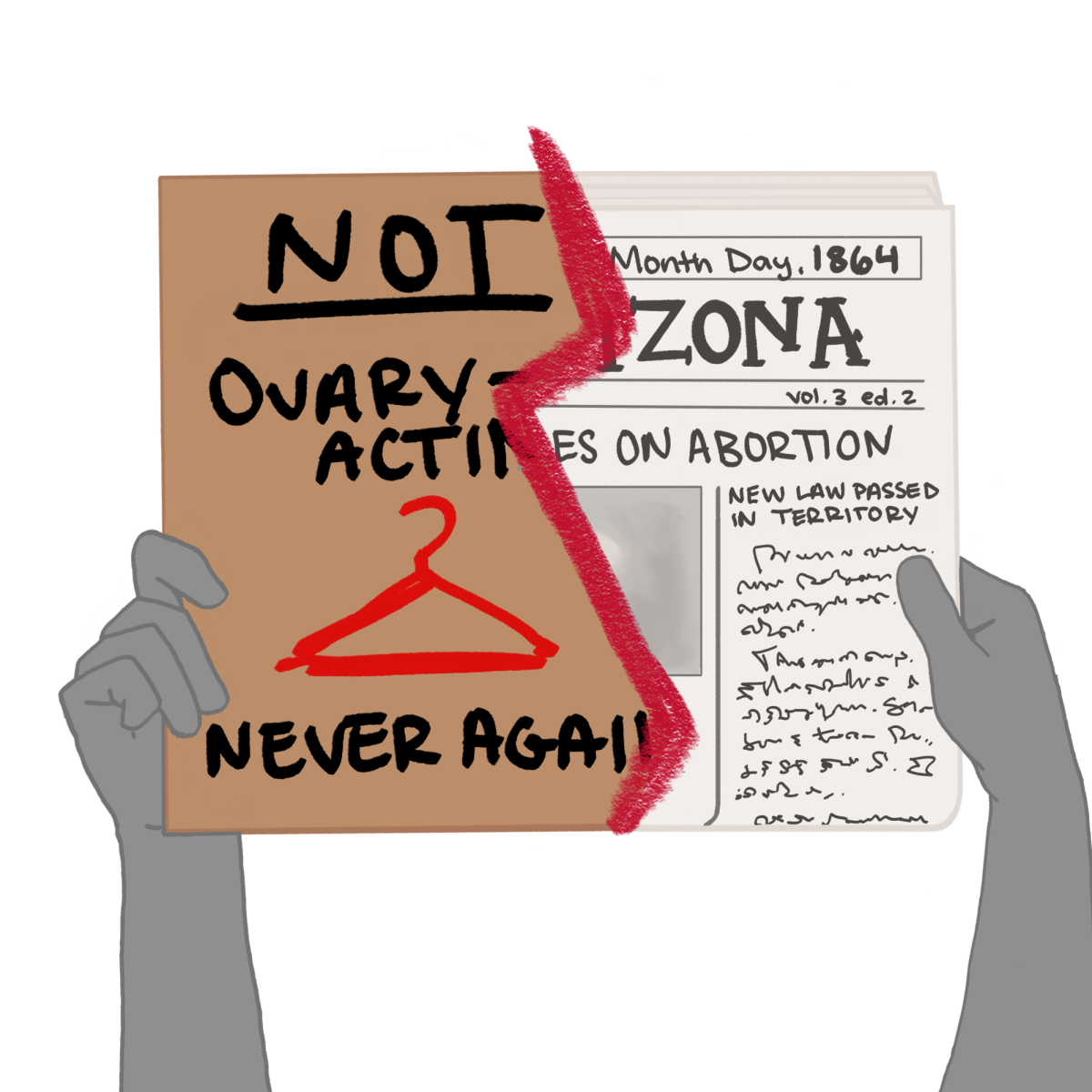In the 1950s, Bert the Turtle showed American school children how to “duck and cover” in the event that the Soviet Union used nuclear force against the United States.
The duck-and-cover approach — diving under a tree, desk or into a mottled shell in the fetal position — is and would have been an ineffective safeguard against an atomic bomb. Nevertheless, the occurrence of these schoolyard bomb drills demonstrates that the public threat was significant enough for mainstream society to accept even the most absurd ideas as legitimate preventative measures.
Little has changed since, and America continues to flirt with models of mutually assured destruction. Politicians and gun stalwarts who support and excuse pro-gun legislation and a loose interpretation of the Second Amendment are imparting an equally absurd message to students and educators: duck and cover — or shoot.
On Oct. 1 in Roseburg, Ore. a 26-year-old gunman killed nine students at Umpqua Community College, where he was a student. Perhaps inspired by the Oregon massacre, four high school students at Summerville High School in Tuolumne, Calif. were arrested on Oct. 4 for planning, what Tuolumne County Sheriff described as, “(the four) were going to come on campus and shoot and kill as many people as possible at the campus,” reported The New York Times. While the Summerville High School students’ plan was thwarted, on Sept. 30 in Harrisburg, S.D. a 16-year-old high school student, who according to his father had taken gun safety courses and regularly practiced target shooting, shot his principal. The student has been arrested for attempted murder.
Gun violence — including campus massacres, school shootings and random malicious acts — are forms of domestic terrorism. Furthermore, these cowardly social transgressions have swelled in the last decade. According to an FBI study on active shooting occurrences between 2000 and 2013, the number of active shootings in the country has nearly tripled since 2007; on average 16.4 active shootings scenarios have occurred per year from 2007 to 2013.
As the majority of gun holders in the United States live in the South, this problem is immediate; but still, Texas leaders and legislators insist on shooting themselves in the foot, seemingly oblivious to the growing and present danger of guns — evinced by the new legislation that will allow guns on university campuses.
Civilians who bear weapons in a public place (such as a church, business, hospital or school) whether legally or illegally, overtly or covertly have the ability — the gun and the control — to massacre. Should they be trusted?
Prior to being cold-blooded killers, these shooters are generally law-abiding citizens, practically indeterminable from the next gun aficionado having a bad day.
Christopher Harper-Mercer, the Umpqua killer, purchased all 14 of his firearms legally from a federally licensed firearms dealer. Likewise, Vester Lee Flanagan II — the forty-one-year-old gunman who shot and killed a cameraman and broadcast journalist during a live recording in Roanoke, VI in August — had no criminal record or history of mental illness and obtained his murder weapon, a Glock handgun, legally.
The FBI’s Crime in the U.S. report cites 8,124 homicides by gun in 2014. There are neither ample days in the week nor pages in a newspaper to pay due respect to each loss of a life (approximately 22 per day).
As long as innocent lives are shot short and the public is irresponsibly subjected to outrageous gun legislation, the topic of guns in America is relevant.
To our national, regional and local leaders: this is a problem. And that is an understatement.







